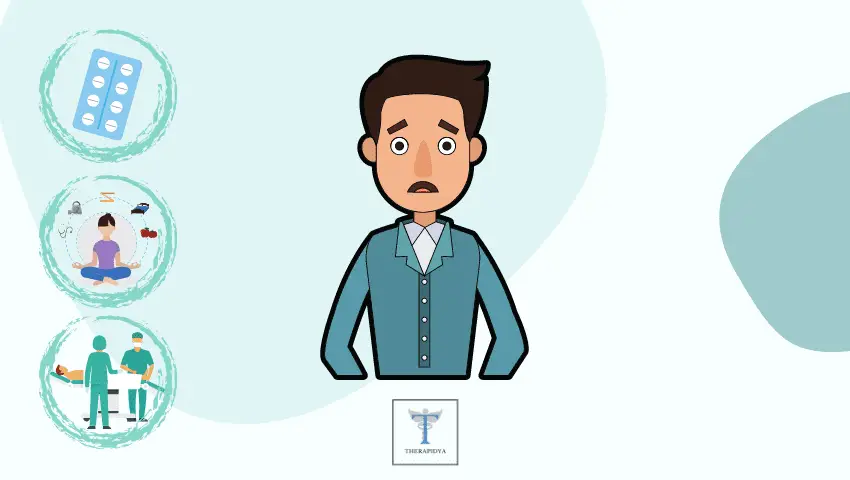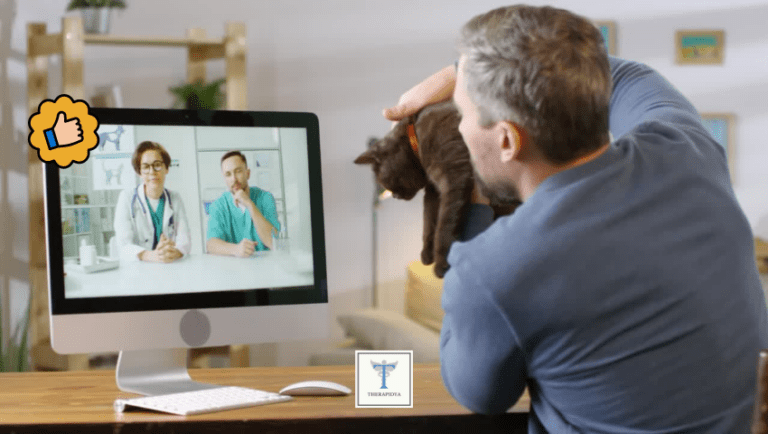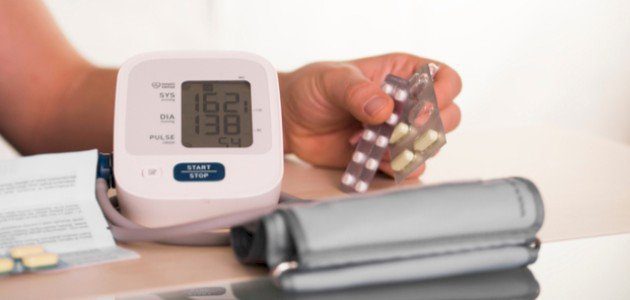Peyronie’s Disease: Everything You Need to Know .. 2023
What do you know about Peyronie’s disease? How does it affect penis health? Is it a serious and chronic disease? And how can it be treated? Here are the most important information and details.
Peyronie’s disease is a disease that only affects men, and here is the information you need to know about it.

What is Peyronie’s Disease?
Peyronie’s disease is a disease of the penis that is often caused by scar tissue growing from the inside of the penis, causing the penis curving up or shorter than normal when erect.
Peyronie’s disease usually appears after a man has a wound or bruise in the penis area, but it may be hereditary, and it appears in men after the age of 45, and some consider it a disease that appears naturally with age.
In some cases, Peyronie’s disease does not cause any discomfort in the man, while in other cases the disease may cause pain or erectile problems, so the treatment options available for this disease are numerous, ranging from medical observation to special surgeries.
Also read: Quitting Smoking – The Ultimate Guide .. 2022
Peyronie’s Disease Symptoms
Peyronie’s disease symptoms may appear gradually or suddenly, and these are the most important symptoms accompanying the disease:
- Curvature of the penis up, down, or to one side.
- A marked decrease in the thickness of the penis.
- Noticeable decrease in penis length upon erection.
- A noticeable hard lump growth under the skin of the penis.
- Pain that appears during an erection or during orgasm in a man.
- Erectile dysfunction, or the inability to keep the penis erect for only a very short time.
- Changes in the shape of the penis may completely hinder a man’s ability to have intercourse.
Causes of Peyronie’s Disease
These are some of the possible causes of Peyronie’s disease:
Exposure to an accident or trauma: what may cause bleeding or a wound inside the penis, and scar tissue begins to form when the internal wound heals, and this tissue may cause penis curvature and other problems.
Genetic causes: Heredity may play a role in the development of Peyronie’s disease in some.
Taking certain medicines: It is often mentioned in the leaflets attached to these medicines that Peyronie’s disease is a common side complication of their use.
It is worth noting that internal injuries of the penis do not necessarily develop later on Peyronie’s disease. Sometimes internal injuries of the penis heal without any complications, especially if the following factors are present in the patient:
The family medical history is free of any previous infection with the disease.
The patient does not have any tissue-related diseases.
The patient is still young and old.
Peyronie’s Disease Diagnosis
The disease is usually diagnosed after the doctor performs the following procedures:
- Direct physical examination of the penis and looking for any lumps or hard tissue that are visible under the skin of the penis.
- Sometimes an X-ray or ultrasound.
- The doctor may ask the patient to bring pictures of their erect penis for examination in the clinic.
- A biopsy is taken in rare cases.
Peyronie’s Disease Treatment
After the condition is diagnosed, there are many treatment options available, and these are the most important:
The best medical treatment for Peyronie disease (PD) has yet to be discovered but there are many treatment options. The first drug treatment for Parkinson’s disease, collagenase clostridium histolyticum (Xiaflex), was approved by the US Food and Drug Administration (FDA) in 2013. (an Injection therapy). It is a collagen hydrolyzing proteinase. In some research, this treatment is called penile plaque treatment.
Collagenase is an enzyme that helps break down the substances that make up plaques collagenase peyronie’s disease treatment’s so much important step. Especially for early peyronie’s disease. CCH is only available in the United States and Canada.
Oral treatment medications: They have been studied but for which there is no strong evidence of effectiveness:
- Vitamin E
- PABA (potassium aminobenzoate)
- Colchicine
- Ibuprofen
- Tadalafil for peyronie’s disease
Special medicines and injections that relieve penile curvature or symptoms associated with the condition, such as: pain.
Non-drug therapies: These include options such as shock wave therapy, penile dilation therapies, and iontophoresis.
Lifestyle changes: Stopping smoking and alcohol, exercising regularly.
Surgical solutions: Surgeries to lengthen or shorten a certain side of the penis, and to remove the damaged tissue and replace it with tissues taken from another part of the body.
It is worth noting that in many cases it is used only to monitor the condition of the penis and its development over time without any medical intervention, especially if there are no visible symptoms except for a slight curvature only in the penis.
Peyronie’s Disease Complications
Peyronie’s disease may cause, over time, the following complications and problems for a man:
- Psychological problems, anxiety and constant tension as a result of the negative impact of Peyronie’s disease on the man’s sexual life.
- The condition worsens until the inability to have an erection at all, which leads to temporary infertility or the inability to have children.
- Pain and discomfort accompany men when intercourse.
icd 10 code for peyronie’s disease
icd 10 code for peyronie’s disease is N48. 6
This post is also available in: Dansk (Danish) Nederlands (Dutch) Français (French) Deutsch (German) עברית (Hebrew) Italiano (Italian) Polski (Polish) Română (Romanian) Русский (Russian) Türkçe (Turkish) Español (Spanish)







